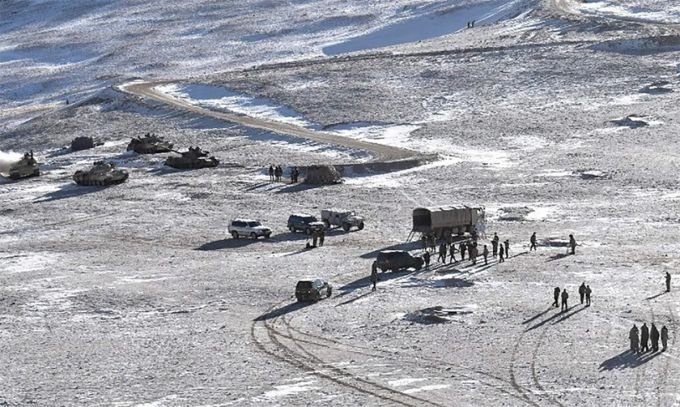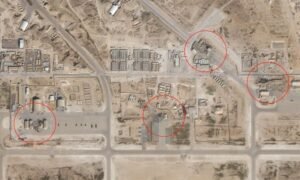
India is concerned about the demilitarized zone with China 4
Two Indian officials said on March 1 that this country and China are establishing demilitarized zones (DMZ) along the disputed border in the Himalayas.
The above move took place after a similar DMZ was established along the Galwan River, where a brawl occurred that killed 20 Indian soldiers and 4 Chinese soldiers in June 2020.
Despite the two countries de-escalating and withdrawing their forces, some Indian security officials believe that the establishment of DMZs along the border `benefits China`.
Indian defense and security officials raised concerns about the area around Pangong Tso Lake with the government, but the country then chose to quickly withdraw its forces.
Chinese soldiers, armored vehicles and motor vehicles prepare to withdraw from the border with India, February 10.
The Prime Minister’s Office, Ministry of Defense and Indian Army have not commented on this information.
Sushant Singh, an expert at the Center for Policy Research in New Delhi, said that the loss of trust between the Indian and Chinese armies could cause more misunderstandings.
This expert said that if the DMZs along the India-China border maintain peace, they can become a model for the two countries to resolve disputes.
In the 1950s, China and India tried to choose the 80 square kilometer steppe along the boundary line between India’s Uttarakhand state and China’s Tibet autonomous region as the DMZ.







